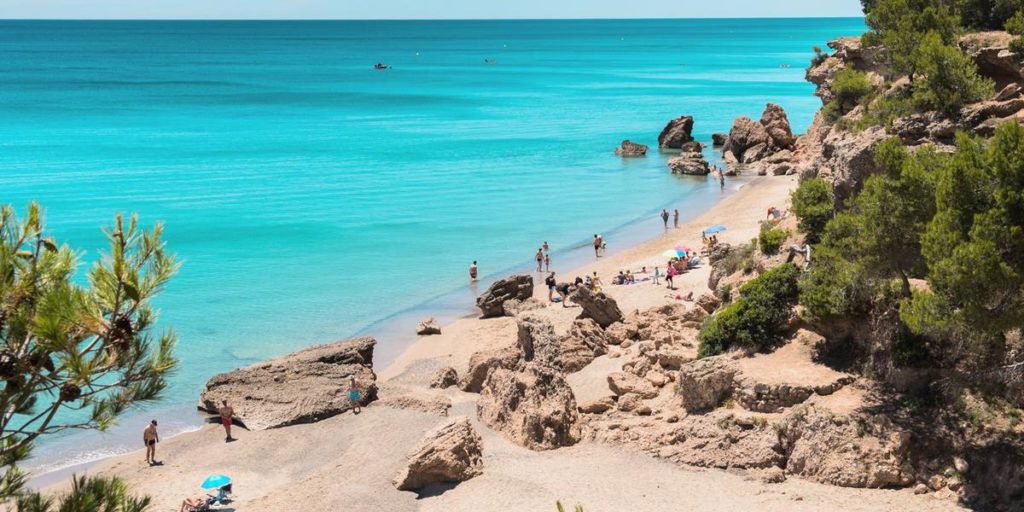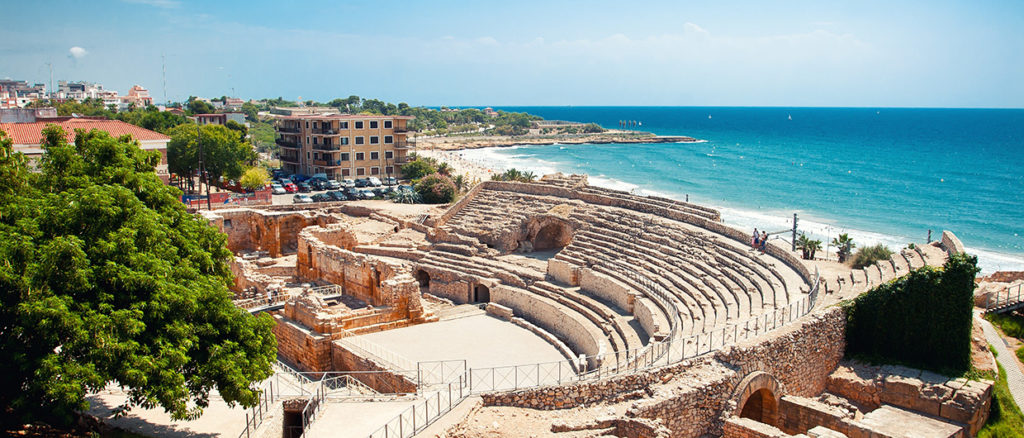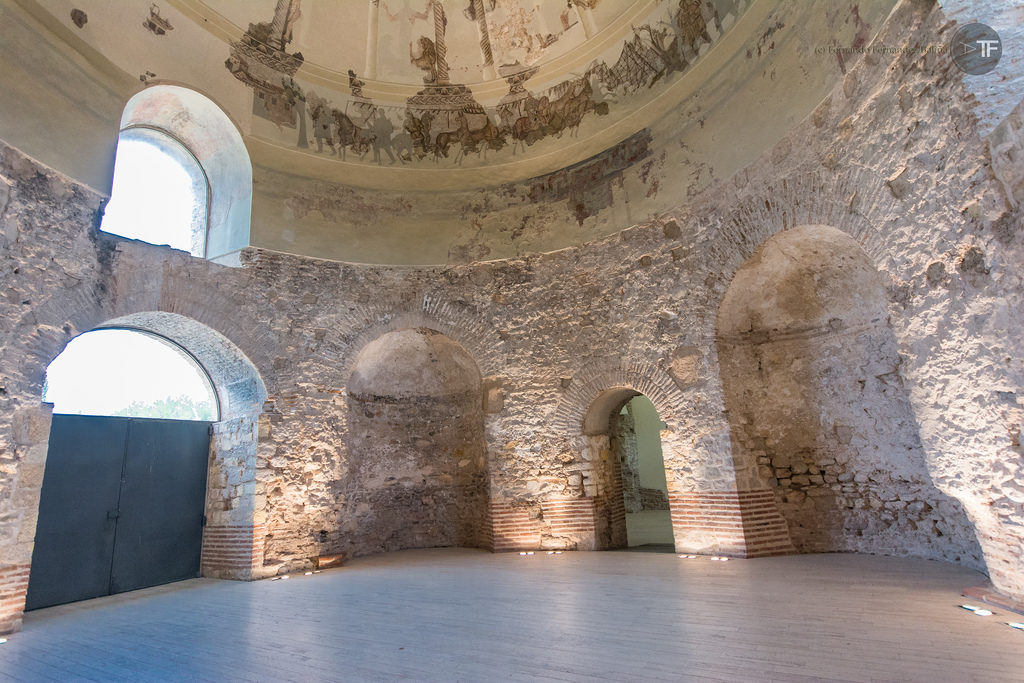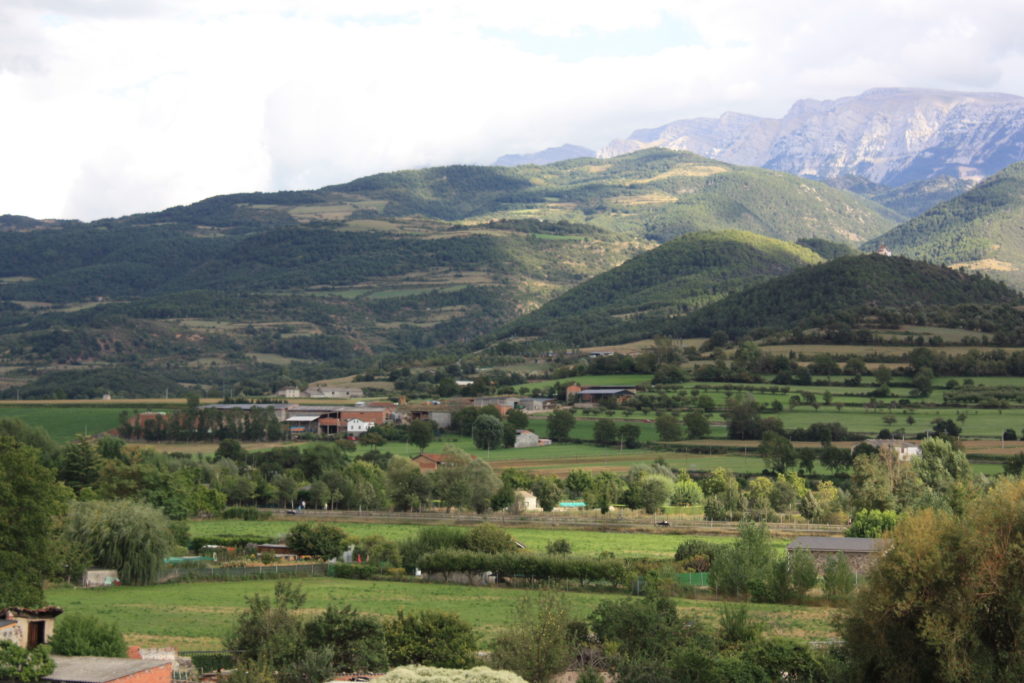The Historic Tour of the Costa Dorada

As the sun sets and those last rays strike the shore, you’ll understand why they call it the Golden Coast. The Costa Dorada is perfectly situated in the Catalonian province to take full advantage of the sun and sand, and the sea.
But when you get tired of beaches, maybe your tastes will head towards the history of the area. That’s when you get to truly understand how this region was formed and the rich and underlying story of how it became what it is today.
When you uncover the history of the Costa Dorada, you’ll appreciate it so much more than the average beachgoing tourist. Let’s find out how you can enrich your trip to this incredible area.
Tarragona

The very first city to be established on the Spanish mainland. In the 5th century, the city was officially founded, but there are some relics that suggest that this site is far older than that. You can still find Roman ruins throughout the city. The amphitheatre, the walls, towers, and arches all span back hundreds of years to a time when people travelled by chariot and ship.
But there’s not just Roman architecture through this town. Because many different empires made this their home, you can find examples of Romans, Cyclopeans, Moors, and the Spanish conquistadors of older times. It’s rich in history and a perfect example of the transition of times and rulers over thousands of years.
Explore the Romans ruins, but continue on to find the Tarragona Cathedral that dates back to the 12th century. Tour through convents and monasteries. Visit the palace and the seminary. Explore the city through one of its many festivals celebrated throughout the year. It’s the perfect start to finding out more about the region’s rich and diverse past.
Visitors to the area are best to stay in the nearby town of Salou, renting a private villa that accommodates your whole family while you visit the region.
Reus
If you’re going to escape the flocks of tourists that come to the Costa Dorada every year, find your way to Reus. It’s convenient to find because you can fly straight in. The area itself dates back to the 12th century when it was founded as a site for a church to be constructed.
Now, you’ll find a good amount of art and food dominating the culture here. It’s the birthplace of famed artist, Antoni Gaudi and a major centre for Spanish wine.
The site is perfect for experiencing the true Spanish culture, indulging in Spanish wine and cultural delicacies, and enjoying the festivals that make Reus vibrant and fun.
Roman Villa of Centcelles

If you get a chance, be sure to visit the little Roman villa of Centcelles and the Mausoleum there. It’s the oldest example of domes mosaic in the world. The township of Constanti keeps this place well-kept, and seemingly a well-kept secret. There doesn’t seem to be a large amount of tourism considering the historical site that it is.
The 4th-century art mosaics have been declared a UNESCO World Heritage Site for their historical significance and preserved history.
The County of Urgell

Have you ever visited a site founded over 1500 years ago? It’s an incredible feeling to experience that level of history in one location. The whole county of Urgell is like that, steeped in tradition and history that is complex and diverse. From the old count of Barcelona to the Kingdom of Cabrera to the House of Aragon, this county has seen its share of events.
Castles, monasteries, convents, and other historical sites can be found throughout the region as you find new ways to discover the old world. Let yourself be reminded of what life used to be like as you tour through the area.
Although the 1960s transformed the Costa Dorada into a tourist hot spot and a resort destination, it’s all been built upon hundreds and thousands of years of history. Discover how this region was formed, who ruled it, and the depth of its past as you tour through the region. Find a new appreciation for the Golden Coast to truly appreciate how Spanish life came to be the way you know it today.
